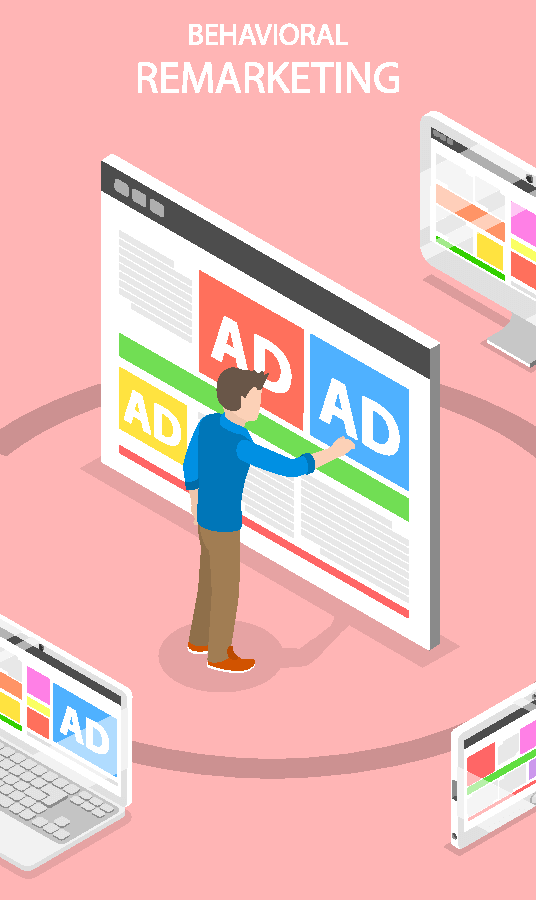
Introduction:
In a digital world, the (UX) - user experience is paramount. It's the journey a visitor takes from the moment they land on a website till the point where they either leave or convert to a customer. A well-designed UX/UI doesn't make your website more appealing; it can significantly boost your conversion rates (CR). This post will delve into the importance of UX and how optimizing it can lead, should we say will lead to better conversions.
The Importance of Intuitive Navigation and User-Friendly Interface:
The first step in creating an appealing UX is to make sure your website is easy to navigate. A user-friendly UI with intuitive navigation guides visitors through your site, making it easy for them to find what they're looking for. This reduces frustration and increases the likelihood of conversion. A cluttered or confusing layout can lead to high bounce rates, as users may leave if they can't quickly find the information they need.
Optimizing Page Load Speed for a Seamless Browsing Experience:
Page load speed is another crucial aspect of UX. In our fast-paced world, users expect websites to load quickly. According to a study by Google, 53% of mobile site visits are abandoned if pages take longer than three seconds to load. By optimizing your website's speed, you provide a seamless browsing experience, which can significantly improve your conversion rates.
Crafting Compelling and Persuasive Content:
Content is king when it comes to UX. It's not just about what you say, but how you say it. Your website's content should be compelling, persuasive, and tailored to your target audience. It should clearly communicate your value proposition and guide users toward conversion. Good content is engaging, easy to understand, and provides value to the reader, making them more likely to convert.
Implementing Responsive Design for Accessibility Across Devices:
With the rise of mobile browsing, responsive design has become a necessity. A responsive website adapts to the screen size of the device it's being viewed on, providing a consistent UX across all devices. This means that whether a user is browsing your site on a desktop, tablet, or smartphone, they'll have a seamless experience, increasing the likelihood of conversion.
Conducting Usability Tests to Identify Pain Points and Improve UX:
Usability testing is a valuable tool for improving UX. It involves observing real users as they interact with your website, allowing you to identify any pain points or areas of confusion. By addressing these issues, you can create a smoother, more enjoyable UX, which can lead to higher conversion rates.
Conclusion:
A well-designed user experience is crucial for boosting website conversions. By focusing on intuitive navigation, optimizing page load speed, crafting compelling content, implementing responsive design, and conducting usability tests, you can create a website that not only attracts visitors but also turns them into customers. Remember, a great UX is a journey, not a destination. It requires continuous testing, learning, and optimization to ensure your website meets the evolving needs of your users.
